Festung Hohensalzburg
( Hohensalzburg Fortress )Hohensalzburg Fortress (German: Festung Hohensalzburg, lit. 'High Salzburg Fortress') is a large medieval fortress in the city of Salzburg, Austria. It sits atop the Festungsberg mountain at an altitude of 506 m. It was erected at the behest of the prince-archbishops of Salzburg. The fortress is 250 m (820 ft) long and 150 m (490 ft) wide making it one of the largest medieval castles in Europe.
 One of the earliest depictions of the castle in the 1460s, from the Schedel'sche Weltchronik
One of the earliest depictions of the castle in the 1460s, from the Schedel'sche WeltchronikArchaeological excavations have shown that a Roman fort existed at the highest point of the site.[1] This should not be confused with the more significant Roman castrum superius on the Nonnberg terrace.[2]
Construction of the current fortress began in 1077 under Archbishop Gebhard von Helfenstein.[3] The original design was a basic bailey with a wooden wall. In the Holy Roman Empire, the archbishops of Salzburg were already powerful political figures and they expanded the fortress to protect their interests. Helfenstein's conflict with Emperor Henry IV during the Investiture Controversy influenced the expansion of the fortress, with the Archbishop taking the side of Pope Gregory VII and the German anti-king Rudolf of Rheinfelden. The fortress was gradually expanded during the following centuries. The ring walls and towers were built in 1462 under Prince-Archbishop Burkhard II von Weißpriach.
Prince-Archbishop Leonhard von Keutschach further expanded the fortress during his term from 1495 until 1519.[4] His coadjutor Matthäus Lang von Wellenburg, who was later to succeed Leonhard, in 1515 wrote a description of the Reisszug, a very early and primitive funicular railway that provided freight access to the upper courtyard of the fortress. The line still exists, albeit in updated form, and is probably the oldest operational railway in the world.[5][6] The current external bastions, begun in the 16th century and completed in the 17th, were added as a precaution because of fears of Turkish invasion.[4]
The only time that the fortress actually came under siege was during the German Peasants' War in 1525, when a group of miners, farmers and townspeople tried to oust Prince-Archbishop Matthäus Lang, but failed to take the fortress. In 1617 the deposed Archbishop Wolf Dietrich von Raitenau died in the fortress prison. During the Thirty Years' War, Archbishop Count Paris of Lodron strengthened the town's defenses, including Hohensalzburg. He added various parts to the fortress, such as the gunpowder stores and additional gatehouses. The fortress was surrendered without a fight to French troops under General Jean Victor Marie Moreau during the Napoleonic War of the Second Coalition in 1800 and the last Prince-Archbishop Count Hieronymus von Colloredo fled to Vienna. In the 19th century, it was used as barracks, storage depot and dungeon before being abandoned as a military outpost in 1861.
Recent historyHohensalzburg Fortress was refurbished from the late 19th century onwards and became a major tourist attraction with the Festungsbahn funicular railway, opened in 1892,[4] leading up from the town to the Hasengrabenbastei; It stands today as one of the best preserved castles in Europe.
During the early 20th century it was used as a prison, holding Italian prisoners of war during World War I and Nazi activists before Germany's annexation of Austria in March 1938.
German ceramicist, sculptor and painter Arno Lehmann lived and created in Hohensalzburg Fortress from 1949 until his death in 1973.[7]
Hohensalzburg Fortress was selected as main motif for the Austrian Nonnberg Abbey commemorative coin minted on April 5, 2006. This was the first coin of the series "Great Abbeys of Austria". It shows the Benedictine convent of Nonnberg Abbey. In the hilltop on the background, the fortress and the Kajetaner church can be seen. Also in 1977 the Austrian Mint issued a coin for the 900th anniversary of Hohensalzburg Fortress.
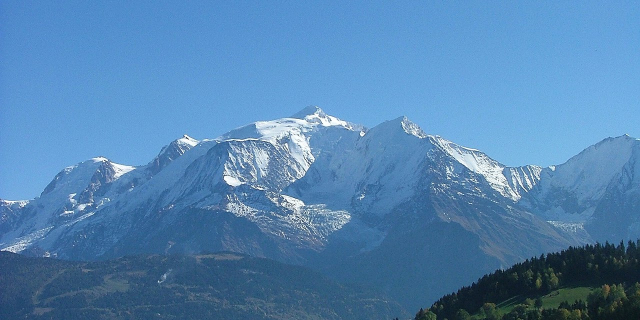

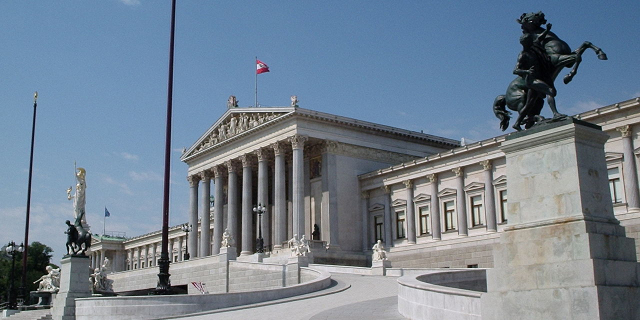






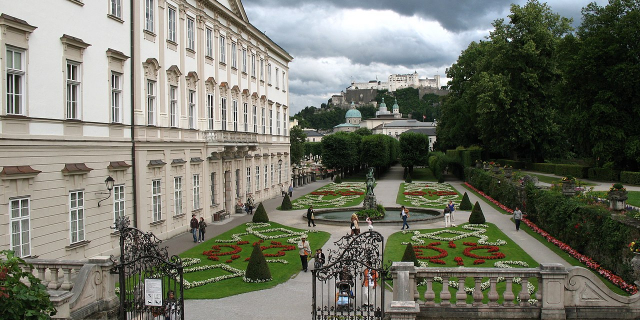



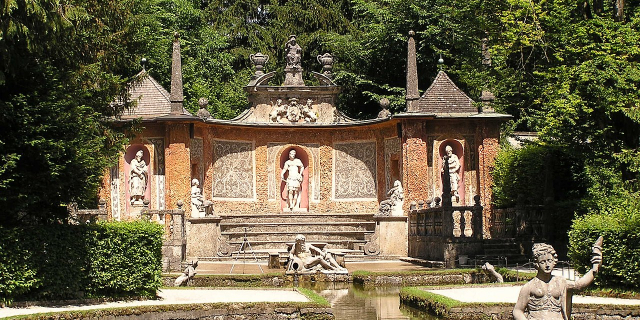
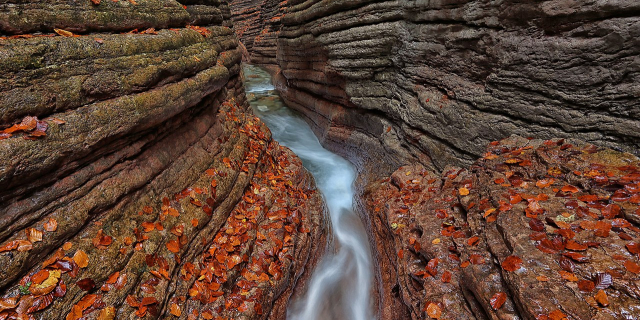




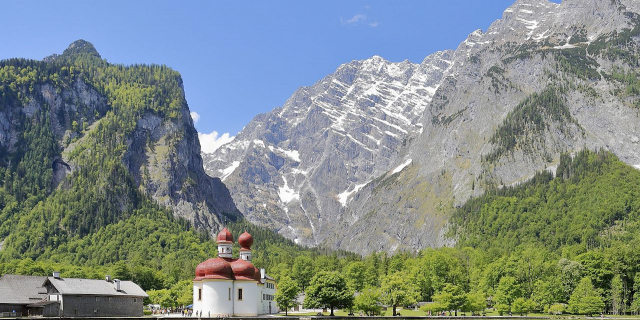
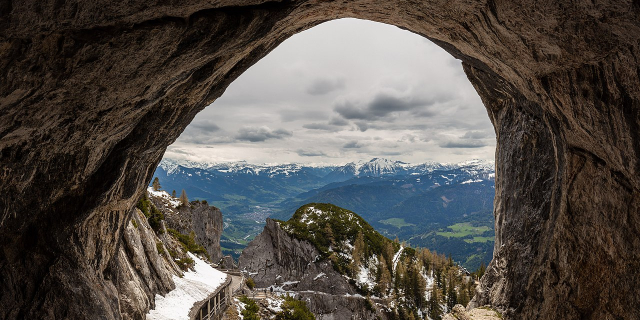






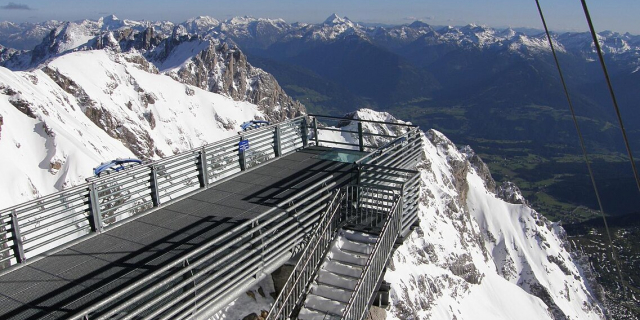

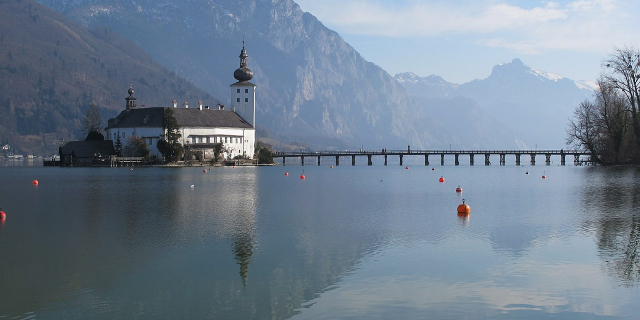
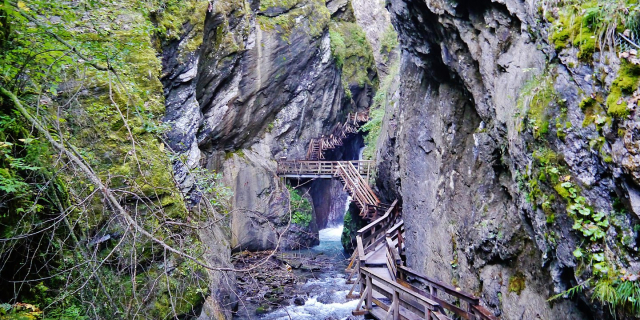


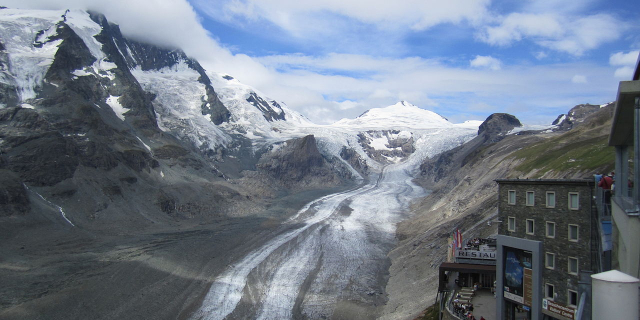

Add new comment